After reading your feedback and the pre-subscriber surveys that many of you graciously submitted, it seems a good chunk of you gorgeous people want in on the process of making fashion editing. The business of editorial styling and the nitty-gritty stuff that makes the clock tick. Lucky for you, I love to spiral and am in general agreement that the fashion industry is far too opaque. So allow me to pull back the curtain (extremely Eddie Redmayne in Cabaret effect).
When I left Vogue, famously confident that I’d be able to do what I loved– styling– in the exact same way, untethered to a major publication, I might have been a bit naive. Turns out the rest of fashion is still very comfortable subscribing to the traditional industry system, and that proximity to a powerful publication carried more weight than I wanted to admit. Still, I needed a break and a detox from the editorial environment in general. I was disappointed with my peers, I was disappointed with journalists, and I didn't understand how we could go on business as usual in a world descending into the most morbid brand of chaos one could imagine. I retreated into meaningful commercial work with powerful messaging because it paid the bills but allowed me to have purpose, and I poured myself into developing my own personal brand and stepping behind the camera because investing in me was the only thing I felt sure about. With the way these tariffs are hammering the luxury market, I am so glad I diversified my creative output. But production budgets are about to be lower than ever (Nicolette Mason wrote an interesting piece about how the orange man’s tariffs of terror will affect marketing and, in turn, size inclusivity in fashion), and I missed styling in a way where my voice and my point of view directed the conversation. It is such a specific and interesting challenge responding to a client brief, but there is nothing like an editorial. It truly tests a stylist's mental and physical limits.
I asked my friend Alex to describe styling in one word:
I cannot believe I have friends when this is my texting style…
And Jorden:
And Max:
Are you picking up what I’m throwing down?
There is a masochism to styling that I try to divulge whenever anyone asks me whether they should do this job. Of the five bare minimum leads on any given photoshoot (producer, photographer, stylist, hair, makeup), stylists have the most prep work, logistically speaking, that the entire image is anchored upon. Without the fashion, there is no picture. Really, without the credit (*see our growing fashion lexicon here), the image never needed to exist. And, truthfully, this is the first thing to consider when thinking about editorial styling…
We are merchants.
Sure, we are also artists, but not the kind that can really do whatever we want. We live at the intersection of art and commerce, and, admittedly, the industry swings between embracing and rejecting this fact at will.
The most coveted stylists du jour possess the ability to abstract fashion that isn't designed with high art in mind– stylists who turn clothes into sculptures and art installations on the body. Or make bras out of dinner plates and shoes out of Tupperware or something. This is a deeply valuable, if not temporary currency. These are the kinds of images that fill indie magazines and earn prestigious ad campaigns. I think it’s because “fashion” as a body of principles, “fashion” as a system of ideas wants to remain inaccessible and is getting increasingly creative in the ways it alienates the common consumer.
Fashion as a business though– capital F fashion– values the only constant currency there is…currency. That is where fashion editors come in and where we diverge from the stylist. The shift is subtle, but we toe the line and translate the art for an audience that is not just a passive participant, observer, or appreciator of the finer, more esoteric things– we serve a different master– a buyer, a customer, a S H O P P E R.
Selling is one hell of a thrill. And whether we fashion editors like to admit it or not, we’re in the business of chasing it. Finding the picture. Unlocking the alchemy of authenticity and artfulness that can make an Armani credit sing on the page. Making trade-offs and deals with the devil to shoot the vintage Comme des Garçons hat we spent our own money shipping across the world from a tiny dealer in Kyoto, and managing the risk of the images getting cut by making sure it sits atop the head of a model in head-to-toe Hermes.
The rush!!!
INJECT IT DIRECTLY INTO MY VEINS.
So, here it is, exactly how the sausage is made, from concept to completion and all of the messiness in between.
STEP 1: PROOF OF CONCEPT
The sad truth is, the reason that so many fashion editors and stylists are independently wealthy is because it's really freaking expensive to do this job well at an output level consistent enough to keep you on those call sheets – especially as a freelancer. It used to be the case that if you worked at a magazine as an editor, it would either cover your full or partial expenses to travel to the collections so that you could do your job with consideration, see and experience the clothes, and craft thoughtful stories around what you witnessed across the fashion calendar. Or, you’d be assigned your fashion stories without a choice in the matter anyway, so you really didn’t need to be inspired or intimately acquainted with the collections, you just had to execute on the idea.
Now, very few fashion editors are full time staff in the traditional sense at magazines, you definitely have to be at the collections to understand what’s happening because you can’t even reasonably rely on every show allowing imagery to exist in the world after the IRL experience (looking at you, The Row!), because everyone else is at the collections and you need the competitive edge and your ear to the ground, and because it’s fucking fun. But not a single penny of your travel expenses will be covered by anyone else but you, so get creative! (I love styling shows, and this often helps with my travel. I’ve also really embraced hotel partnerships, and it’s been very helpful to make attending the shows possible for me.)
This is an awfully long wind-up to say, to me, it is incredibly necessary to see the collections in person, at any cost. To sit at the show, to experience the world that these designers have created, to hear the music, to see the small gestures and the walk, to read the shownotes, to look at the venue, to smell the scent design (yes, this is a thing), to feed off the energy that simply is impossible to communicate on Vogue Runway. All of these elements excite and fascinate me as an editor. And as soon as I get that first tingly feeling–no shade to New York and London, but this usually first happens at Prada in Milan– I chase it. I use these spurts of excitability to track what I’m responding to and then further define what exactly I was looking at in each instance. More often than not, synergies reveal themselves across the spectrum of shows I respond to, and a “girl” emerges.
Sidebar: I get this weird infantilizing and patronizing feeling whenever I hear or use the word “girl,” but it’s so prolific in fashion parlance. Dropping it in the lexicon.
It’s not so much a trend in the traditional sense, a type of shoe, or a silhouette– it's more a feeling, a vibe if you will, that makes for the best shoot idea in my opinion. This season, Spring/Summer 2025– I felt finally the veil of greige was lifting from our world; we were abandoning austerity and embracing excess– we were doing the most. We were coming alive again. Maximalists rejoice!
My eye was set on Harper’s Bazaar this season (as I said, I miss having a home!) so on the plane back from Paris, once I digested everything, I combed through TagWalk (which is a resource I really want to gatekeep but it is too good not to share) searching different maximal terms like “volume” and “embellishment” etc etc to collate all the strongest examples that I could find to affirm my instincts and round out my top line pitch deck. You can see that below!
STEP 2: PRE-PRODUCTION
There is no better feeling than getting a greenlight on an idea from an editor you respect and admire. Once Samira Nasr, editor of my dreams, gave the all systems go, we got to work on assembling an incredible team to bring this story to life. Sometimes, a story comes to be in partnership with a photographer or with one in mind. Other times, you work with someone because it makes the most sense to balance the idea. Visual tension is key, and it's a delicate balance. Because this fashion was so full-on and bombastic, we needed a poise and calm to the image– a certain rigor but also a sense of humor.
Alessio Bolzonni, whose discipline is fine art photography, and eye goes beyond expectation in commercial fashion photography, was the perfect collaborator and foil to my crazy. “Chef’s kiss!” as the Italians absolutely have never said!
Next: there’s casting. Casting is always the most stressful part of pre-production in a job because modeling agents are literally impossible to work with, due to the fact that opaqueness (and at times deception) is their number one trade craft. Insert: Casting directors. Thank god for Anita Bitton, who worked with us. Doing the damn lord’s work. Casting is… difficult. Chasing, waiting, updating, getting so close to confirming a first option (hit the lexi), then losing the time, then maybe getting it back, then just kidding, she booked a money job. You never really know what’s real and what isn’t, and that’s tough, but in this business, the only mantra that cuts through the chaos is, “Everything happens for a reason.” Because of how I came up in fashion, my default is always, “go big or go home.” But our story was slated to appear in the April “Now” issue, and that forced a recalibration in practice. What is modern modeling? Do you need to be a super to be a model? Is there something interesting about such loud fashion, to work with a quieter presence? All of these questions led us to the formidable Thea Almqvist.
With our model and photographer both in London, it would have made sense to shoot there, except for one thing…it's phenomenally expensive to ship clothing in and out of the UK, and shipment delays are impossible to avoid. More to come on this below….
We’ve all been burned before, so we cut our losses and landed in a studio in Paris, which is an absolute dream because all of the best looks from French houses could come direct from their press offices– alleviating the omnipresent anxiety attached to delayed confirmations, last minute arrivals, and customs delays.
STEP 3: THE CONFIRMATION
Being a stylist means oscillating between intense elation and abject despair, ad infinitum. Because the bulk of this job is left to the mercy of some of the most dysfunctional bureaucratic systems on earth– i.e. anything postage related– we accept this frustrating condition of hopefulness-cum-helplessness and desperation as our modus operandi. The cost-benefit arithmetic is a bit like this: request 50 looks, get 30 confirmations (20 that you actually wanted to varying degrees plus 10 substitutions), 8 looks arrive direct to set anywhere from morning while your model is still in glam to mid shoot, and 5 miss the shoot entirely and deliver after wrap. You’re batting at a 0.2333 average with 7 out of 30 looks that you can count on to shoot. When brands share only one sample set globally across all markets and between dozens of shoots a month, we all end up fighting for the same 5 looks, so if you’re lucky to confirm a sample 7, you’re already winning the game!
Aside from shipping fiascos, there’s a whole world of politics to navigate in editorial styling. Internally, there’s a hierarchy to who gets what in my experience. First, there’s the macro landscape of sharing looks across different publications. The prestige but niche of publications I have shot for have at times carried less weight than the mass circulated commercial publications because– at the end of the day– numbers don’t lie. And how many eyes will see the placement is even more important than whose head those eyes are attached to. A small indie that is industry validated as a litmus of cool or avant-garde, working with coveted artists might get the same confirmations as more well-known and influential publications.
Saint Laurent is notoriously hard to get a hold of– and with celebrities or covers, they are VERY exclusive–off-puttingly so but goddamn Anthony can design.
I almost didn't request to attend their show this season because they are THAT exclusive, but I did… I was denied (: Stay humble! (I would actually love to get all the way into all of this pretension politics in the chat– shall we?? *devil emoji).
Then, there’s the internal politics amongst colleagues and fashion editors who have no choice but to compete with one another. Some of the confirmation game is about who asks for it first, but I’ve also worked with senior editors who put an entire collection on hold so that they have dibs just in CASE they may want to use the looks. Then, of course, there is the import of your story– is it a cover? Main fashion? COB or FOB? What’s the payout of this placement for the brand's lending? They assume a degree of risk too by selecting your editorial over others when the chance of you shooting the look is never 100% and, if you do photograph it, the chance of the picture actually running in print is even less.
There are many editors who cry, who tantrum, who scream into the void when they don’t get exactly what they want. I’ve never had that luxury, and more importantly never desired to allow my entire world to crumble based on the availability of luxury clothing items.
So, my advice: remain malleable, have an idea broad enough and interesting enough that it can evolve and adapt based on the conditions with which one is met on shoot day. And, to avoid catastrophe, always have a back-up, then a back-up for the back-up, then a back-up from the back-up’s back-up. Don’t hyper-fixate on individual looks to the point that you can’t pull off the story at all. Mourn the picture that could have been; make the picture that is.
STEP 4: THE SHOOT
One thing about me, I’m gonna put my ass in a studio whenever possible and in the winter on the continent of Europe it’s probably best. Location shoots can add so much to storytelling, but they come with a whole host of challenges. It’s a bummer for the Spring collections because inevitably you want environment, and texture, and tension– but that really means a certain degree of torture. I can’t tell you how many times I’ve heard a photographer ask a model to “look less cold.” And, if you’re a pro, you’ve heard this more than once. Thea… she’s a pro, and she committed to selling the fantasy. Out of solidarity, my brilliant team–decked in samples we wouldn’t get to on the shoot day–joined Thea in the freezing cold streets (evidence below!), and I shed my layers down to a tank top… team work makes the dream work!
We had 12 hours to take 14 pages worth of pictures and we did a damn good job, but the Junya Watanabe never made it, Etro sent the wrong look, and McQueen showed up so late we couldn't get to it and get all of the credit needs in before wrap. Luckily, the day was filled with negotiating a million other challenges that distracted from the heartache of saying goodbye to a concept or two unfulfilled. THE CREDIT LIST. A shackle upon the arms and legs of an editorial stylist working for a magazine with advertisers that still pay the bills and are possessing of whims to satisfy.
Any shoot is a delicate dance of how many rules one can break well enough that the fact they are broken remains imperceptible. When I started as a styling assistant, the brilliant credit and market editors at the titles for which I toiled were MASTER manipulators of the system. They would claim the cuff of a Calvin Klein Menswear shirt sticking ¼ inch out of a jacket sleeve as a Ralph Lauren credit because the ad buy was larger and the need was greater, and you know what, Ralph Lauren would be happy with it. Today…. Today, you might as well throw yourself off the Arc de Triomphe because you signed that full look policy in blood. No, I’m serious. Some brands, which shall remain nameless (unless you’re a subscriber, and then let's dish in the chat lol), make you sign a contract agreeing to the terms upon which you will shoot their products.
The full look policy has collapsed creativity and narrowed vision to a place that completely extricates fun from the equation of editorial styling. But… if you’re good at what you do…you can get away with it. The images below are my favorite examples of breaking the rules well:


LEFT: Bottega Veneta has a full look policy– it’s loose… but it’s there. At the time of shooting, we knew that Matthieu was leaving the brand and presumably going to Chanel, so the chances of any real backlash for styling Bottega RTW with other accessories was low. Prada, of course, operates in the same market as Bottega and ordinarily they wouldn’t love mixing their shoes with a competitor's clothing. But I knew that the Prada (nearly) full look elsewhere in the story would assuage any upset, so there wasn't a huge case to be made for kicking up a fuss. My second favorite part about this image is the jewelry. I wanted desperately to get the budding young talent, Presley Oldham’s work, into this look because it feels at once quite lady and quite chaotic– the very thesis of this editorial. What’s one way to make sure? Place it in an unkillable picture. This is a trick as old as time, but it only works when it's done with integrity. When no part sacrifices the whole and when the underdog only acts to elevate the overall image. Presley’s green drop earrings perfectly complemented the Bottega necklace which helped bolster the “full look” claim, they fell just longer than the Bulgari earrings they sat next to– highlighting the maximal approach to stacking your ears, and drew the eye down the neck towards the midsection where a cluster of Van Cleef & Arpels gathered around the brooch that otherwise would have closed this Bottega Look as styled on the runway.
Pulling this picture off felt like playing the lead role in A Beautiful Mind.
Complex algebra– simple logic.
Beyond satisfying…
STEP 5: LET GO AND LET GOD
When all is said and done, the trunks are packed, the carnet is listed, and the cars are waiting to take us all home to sleep for the first time in weeks. I try to remind myself that all of the cards are stacked against a shoot being successful (unless you are one of the lucky few to whom the world bows). To complete an editorial shoot– these days– is always a miracle. To make something you love? That’s a privilege. So I try to let go and let god once the images are delivered– if I catch wind that an image I love is on the chopping block for the final edit, I’ll fight for it within reason. But, for the most part, I recognize how difficult it is to do my job, and I endeavor to try to make things no more difficult for my colleagues and give them the space to do theirs. In special instances, such as this story, which I love, it all works out exactly as it ought to. And I get to spend a couple of days breaking down the process and waxing (somewhat) poetic about it for all of you.
Can’t wait to share the next one!


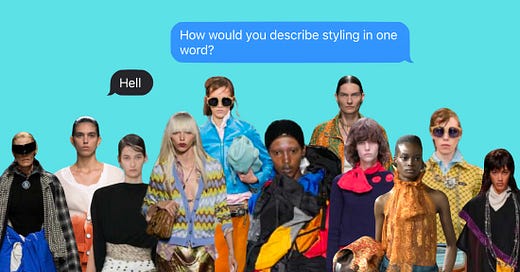



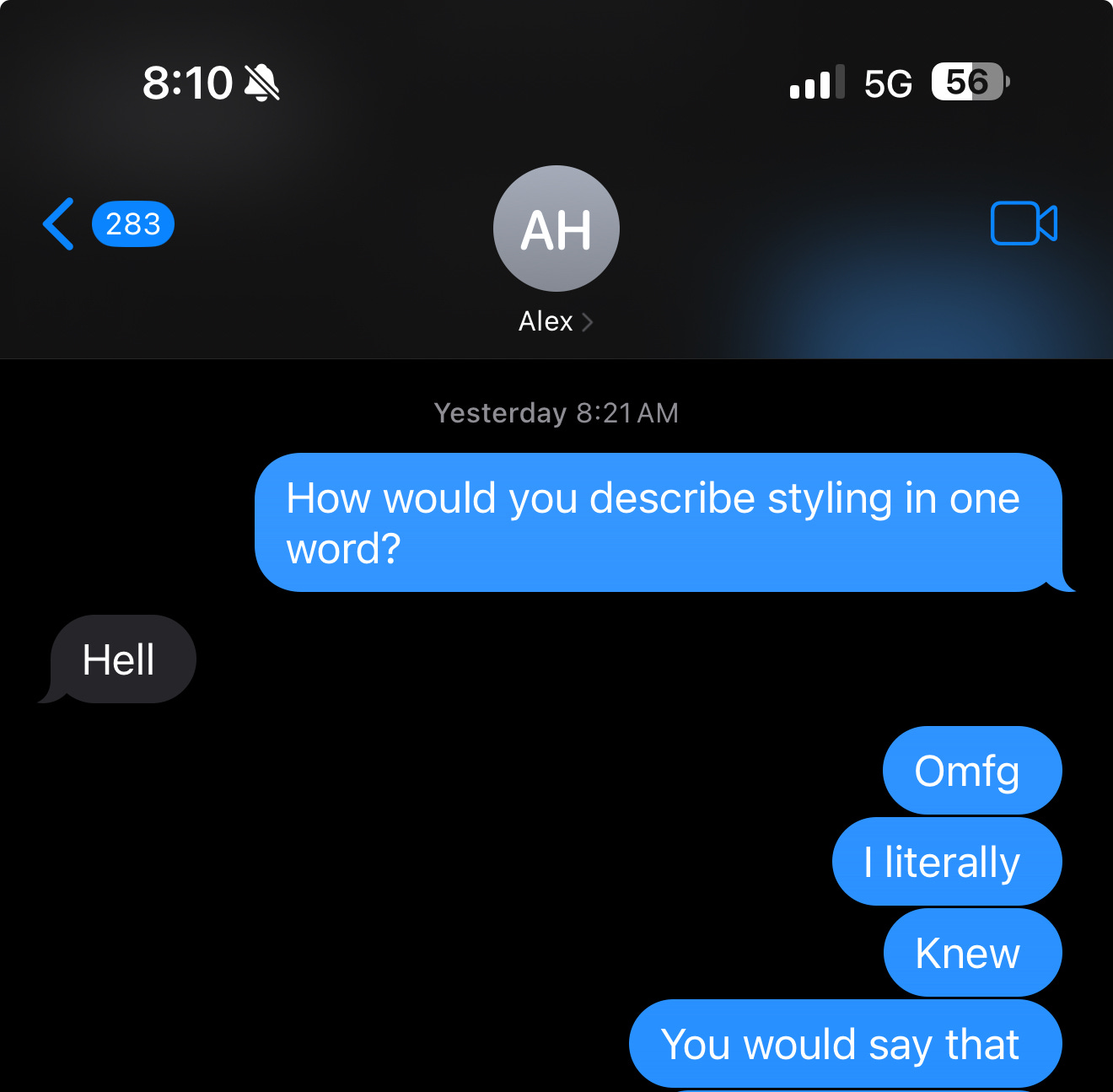
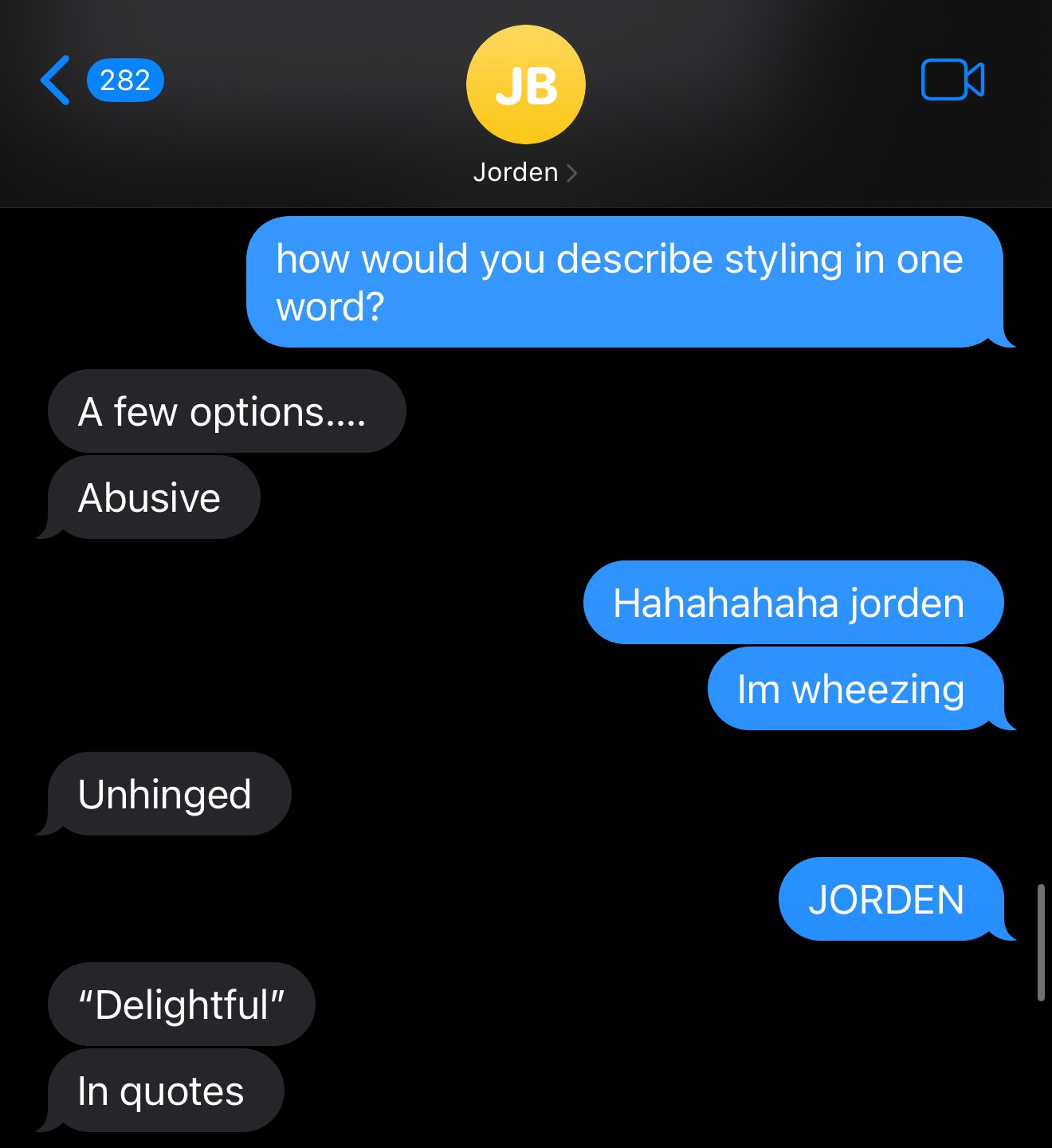
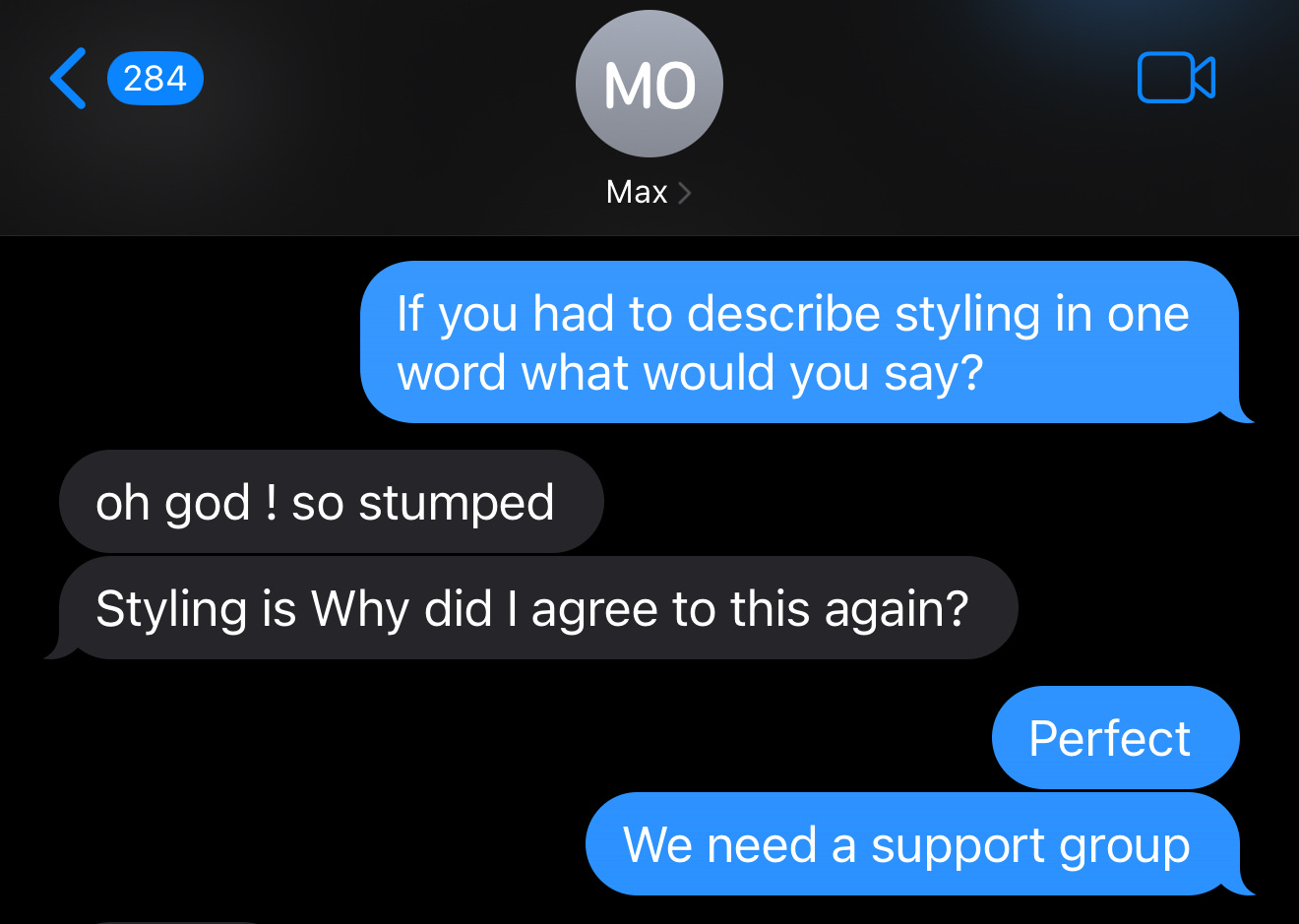
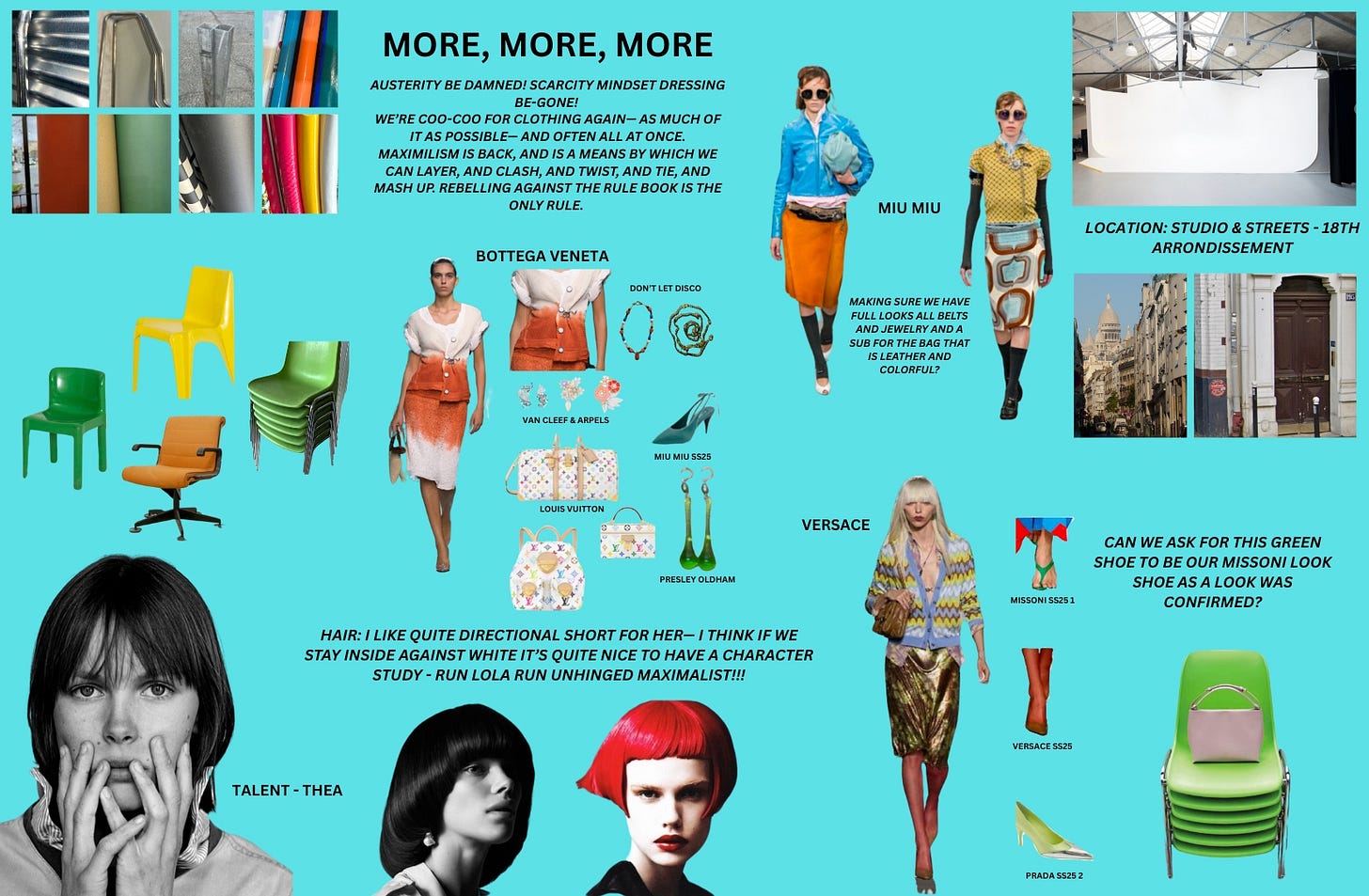


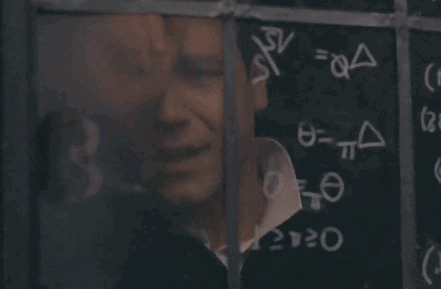
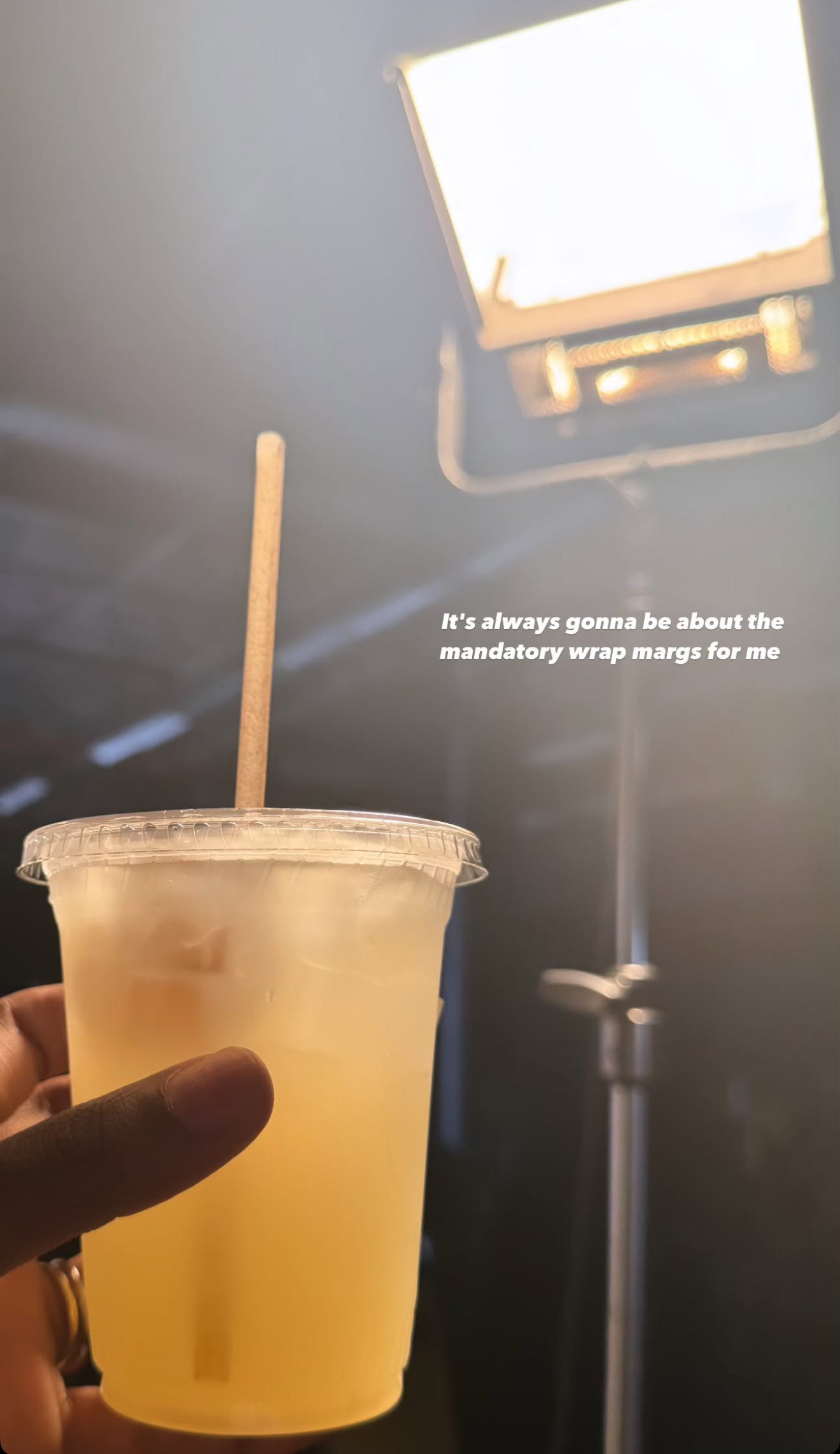
Cannot express how helpful this information sharing is. Thank you, THANK YOU.